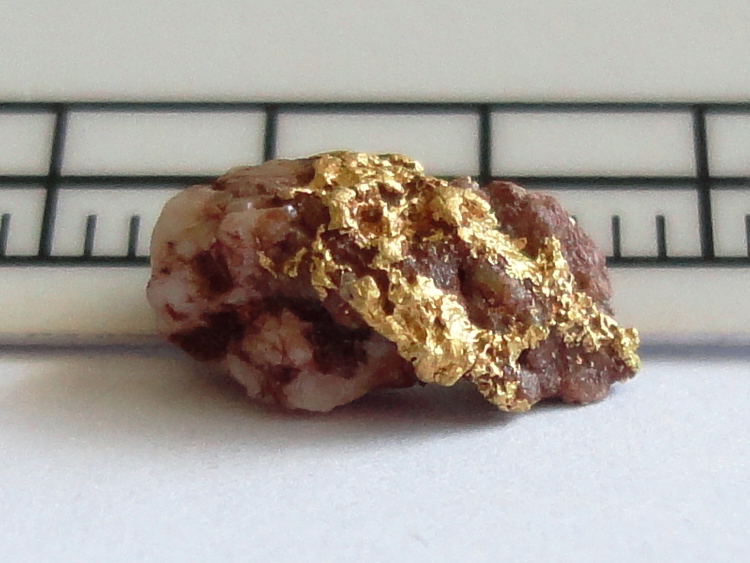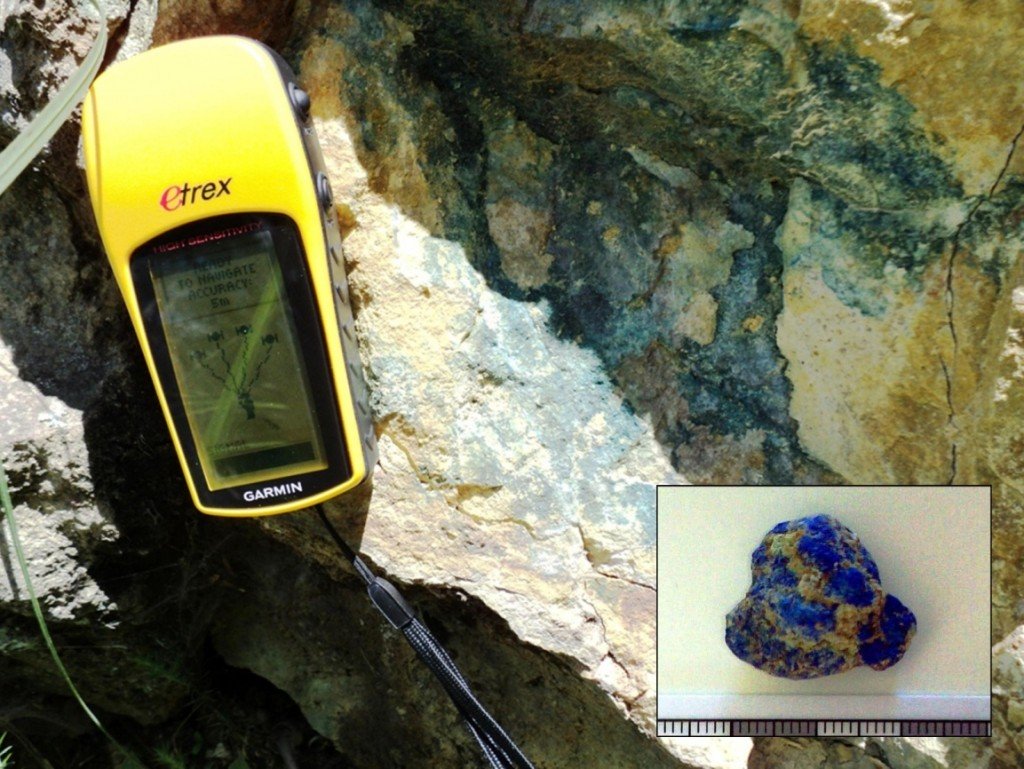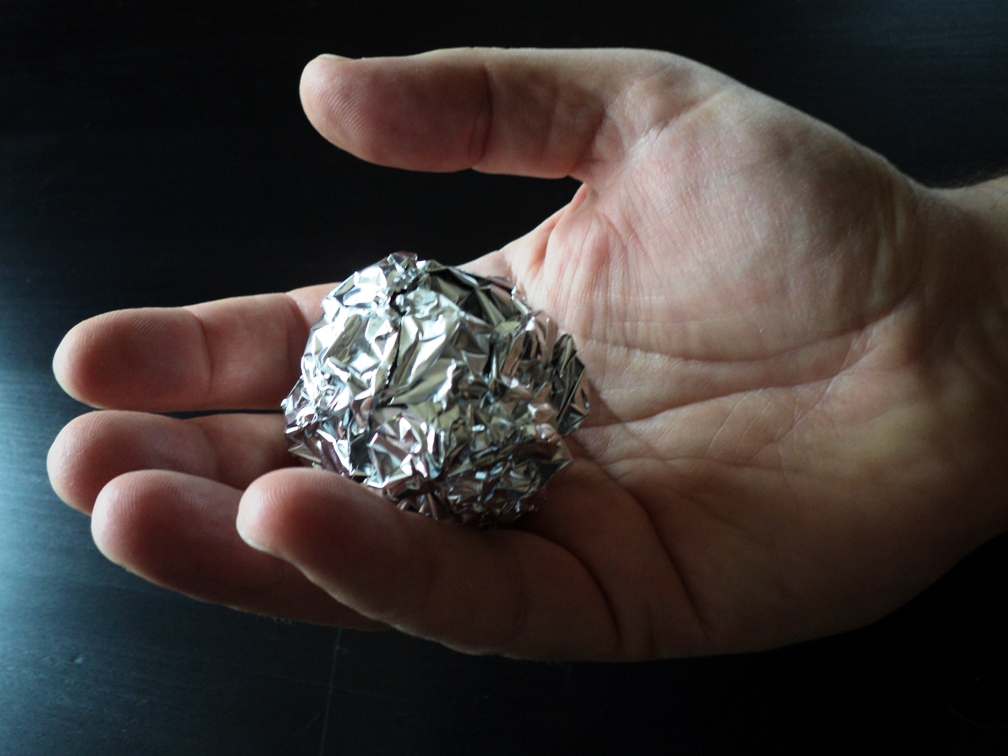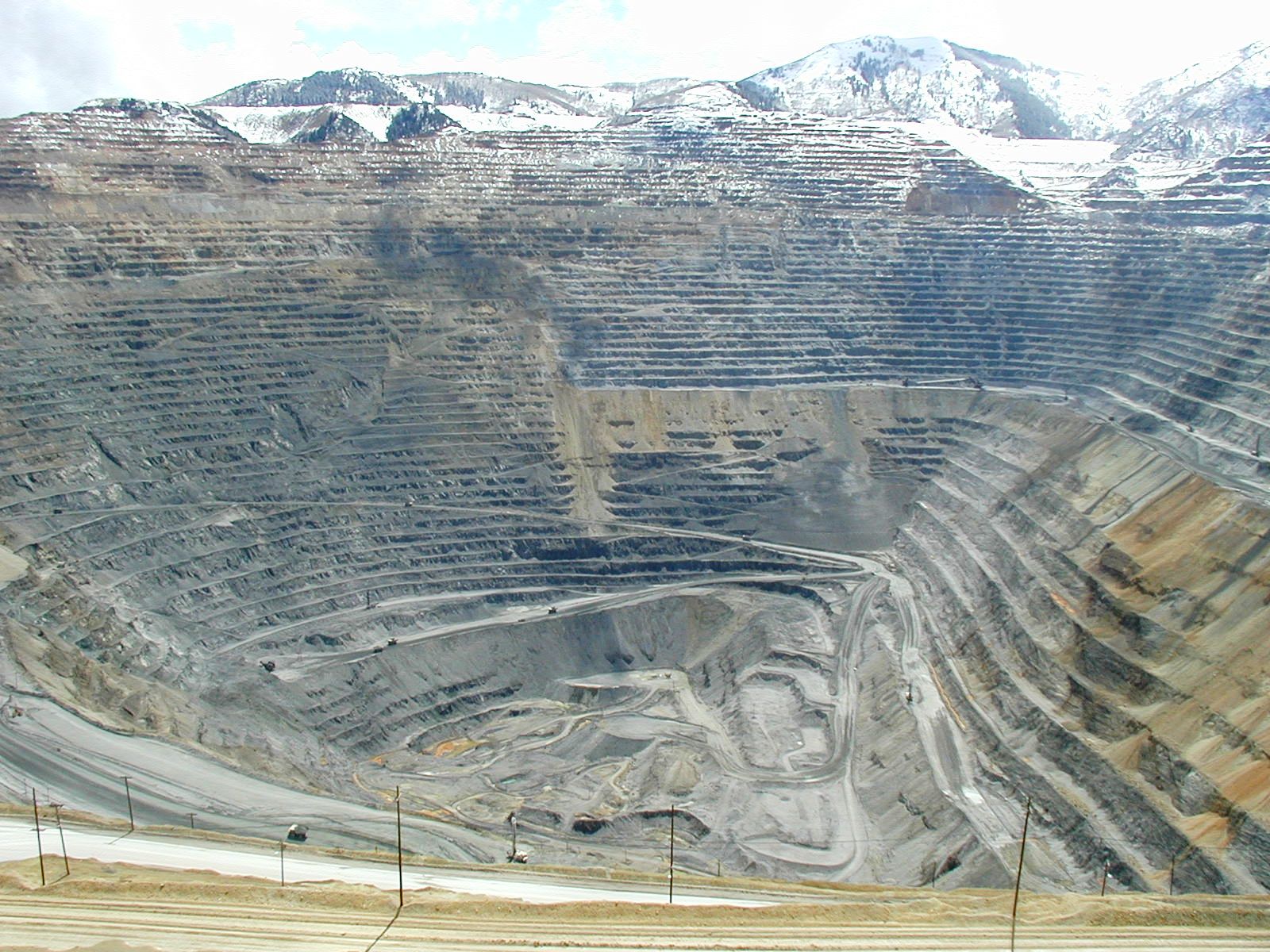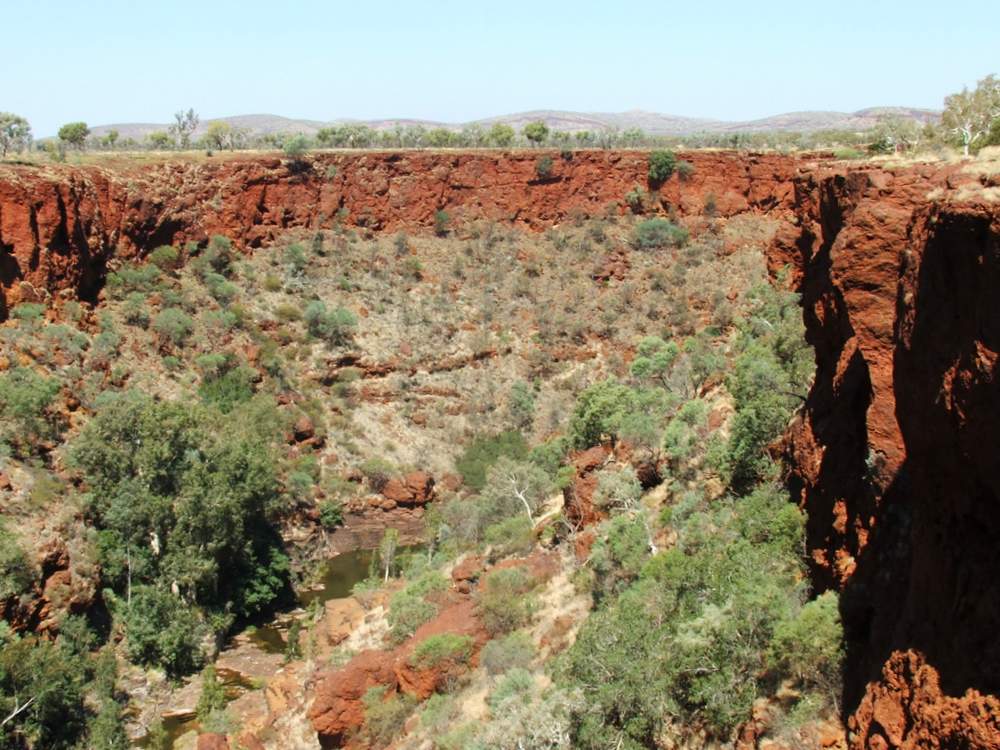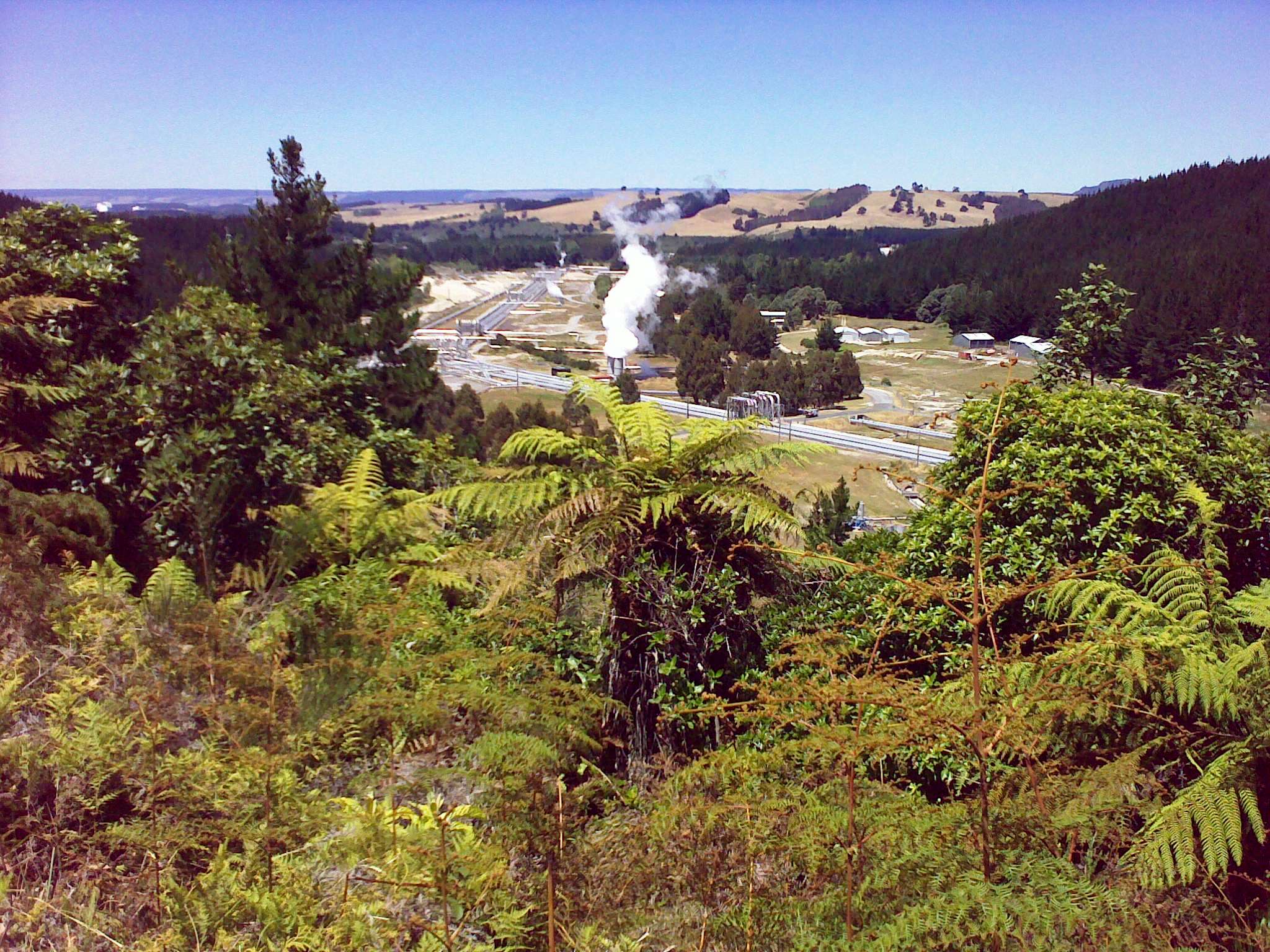The fight against climate change is also a race to develop and adopt new technologies: one of these is CO2 sequestration. While it has been practiced on a limited scale for decades, new companies have been working to bring this technology to wider markets. CO2 sequestration promises to create a whole new type of natural resource, if certain challenges can be overcome.
Introduction
As the world closes in on 1.5° of warming it is becoming increasingly clear that cutting emission won’t be enough, sooner or later we’re going to have to start actively removing carbon from the atmosphere.
Carbon capture and sequestration (CCS) is the process of removing CO2 from the air and either transforming it into a solid state or storing it somewhere it can’t reach the atmosphere. This takes two main forms: biological, where CO2 is metabolized by plants and converted to biomass, and geological. Biological sequestration happens naturally but is limited by the growth rate of plants.
Sequestration Technologies

The first step in geological CO2 sequestration is chemically trapping the CO2 either at the site of its production (ie a point source), usually the smokestack of a power plant or large factory, or directly from the air (Direct Air Capture or DAC). This is accomplished by chemical sorbents, which absorb CO2 and release it when heated. Captured CO2 is sometimes used to make products, such as carbonated drinks, graphene, synthetic fuels, and concrete, but typically it’s treated as a waste product which must be disposed of.
The best way to do this is to pressurize the CO2 until it becomes a supercritical fluid, a state where there’s no meaningful distinction between gas and liquid, and inject it into the subsurface. For rock to hold CO2 it must contain pore spaces (porosity), which must be interconnected (permeable) so the gas can flow. Only a few rock types, such as sandstone, conglomerate, and some limestones, naturally have this combination of porosity and permeability. Permeability can be created or enhanced through fracking, where high pressure drilling fluid is used to fracture rocks.
Once the CO2 is underground there’s two ways of keeping it there: trapping and mineralization. Trapping requires a permeable reservoir rock sealed beneath a layer of impermeable rock such as shale. This is the same mechanism that keeps oil and gas, which naturally rise due to their low density, underground. Mineralization involves a chemical reaction between CO2 and metals such as magnesium, iron, and calcium to lock CO2 away as a carbonate mineral such as magnesite, siderite, or calcite.
Sequestration Today
CO2 sequestration actually predates the recognition of the threat posed by climate change. Many oil and gas reservoirs also contain a certain amount of CO2, oftentimes this is released into the air as a waste product, but some operations have found ways to turn this liability into an advantage. As oil and gas are extracted the pressure in the reservoir drops, slowing the flow of fossil fuels from the ground. As early as 1972 it was discovered that CO2 waste could be reinjected into the ground to stabilize pressure and increase production in a process known as enhanced oil recovery (EOR). EOR is only economic where reservoir temperature, pressure, and oil composition is favorable, but remains by far the most common form of CO2 sequestration today, and the only form to demonstrate economic viability on a large scale.
A number of pilot projects have been conducted to capture emissions from large coal and gas power plants. These projects typically aim to capture in excess of 90% of CO2, although efficiency declines as higher rates of capture are achieved. The energy required to capture, compress, and inject CO2 into the subsurface is significant, in some cases amounting to as much as a quarter of the output if the power plant.
Some of the newest efforts have been focused on an unlikely place: Iceland. Iceland has no fossil fuel power plants, and is composed almost entirely of basalt, a volcanic rock which typically has very low porosity and permeability. These are DAC projects which inject CO2 into relatively fresh basalt, a mafic volcanic rock which in this case contain vesicles, trapped air bubbles which make this normally solid rock permeable. Basalt, like all mafic rocks, contains a lot of calcium, iron, and magnesium and these metals naturally mineralize injected CO2 over a period of years. Iceland also has abundant renewable energy, allowing DAC on the island to be truly carbon negative.

Climeworks, a DAC company in Iceland, recently opened Mammoth, the world’s largest DAC plant, which is capable of capturing and mineralizing 36000 tonnes of CO2 every year. Canadian DAC company Carbon Engineering is currently constructing a 500000 tonne/year facility in Texas. For perspective global CO2 emissions are estimated at greater than 37 billion tonnes.
It has also been proposed that mafic or ultramafic rocks could be ground into a powder and spread over fields to mineralize CO2 directly from the air without the need for sophisticated, energy-hungry equipment.
Analysis: Solution or Diversion?
The role of CCS has been hotly debated in recent years, with advocates touting it as an essential part of fighting climate change, and skeptics dismissing it as waste of time and resources.
The appeal of CCS is easy to see. In principle it would turn fossil fuels into a circular economy, allowing us fight, maybe even reverse, climate change without giving up the energy sources that have made almost every aspect of modern life possible. Unfortunately, the challenges faced by CCS are equally large.
The first difficulty is reaction rates: CO2 only flows through rocks so fast, and while suitable rock formations aren’t particularly rare, they don’t necessarily occur where you need them. CO2 produced in areas underlain by metamorphic or igneous rocks would have to be pumped very long distances via pipeline. These difficulties could be partially offset by using fracking to create more and better reservoirs, if the public could be convinced to accept this much-maligned technology as a climate solution. CO2 injection, especially if accompanied by fracking, is also likely to create induced seismicity, small but frequent earthquakes which generally, although not always, cause little to no damage.
There have been concerns that CO2 would leak out of underground reservoirs, wiping out the benefit and perhaps even suffocating life if the escaping CO2 was concentrated enough. The fact that so much natural gas, a molecule that is much smaller and more escape-prone than CO2, has been naturally contained for many millions of years suggests that this shouldn’t be a major problem, as long as suitable rock formations are used. Mineralization offers an even more secure form of storage at the cost of slower reaction rates and less permeable host rocks which would almost certainly require widespread fracking to be used at a large scale.
The biggest problem is the energy required for CCS. Achieving near complete capture of CO2 from power plants greatly reduces the overall efficiency of energy generation, perhaps enough to render the operation uneconomic. The situation for DAC is even worse, by some estimates this process requires as much as 95% of the energy generated by burning fossil fuels in the first place, making it more circular logic than circular economy.

To actually reduce CO2 concentration in the atmosphere very large amounts of renewable energy will be needed. DAC is still a new technology, and its efficiency will undoubtably improve as technology advances and economies of scale develop. Even so, the challenges remain daunting.
Using crushed mafic or ultramafic rock to passively absorb CO2 may decrease energy usage, although substantial amounts will still be required to excavate, crush, transport, and spread the rock. Using mine wastes and tailings could be a win-win provided these wastes don’t contain toxic heavy metals, sulfur, or other contaminants.
The energy consumption issue means CSS will not be without costs. While efforts are underway to find markets where captured CO2 could be sold, it seems doubtful that all of the CO2 emitted globally could be turned into useful and economically viable products. So far DAC operations have made money by selling carbon offset credits, but the carbon credit industry has been criticized for offering little proof that the CO2 is actually being sequestered as claimed.
Large scale CSS requires some form of subsidy or requirements to buy massive amounts of carbon offset credits to function. Finding someone willing to foot the bill for the entire world’s carbon pollution might be harder than figuring out how to put CO2 underground in the first place.
Investor Takeaways
Carbon sequestration has great promise as a climate solution, but only if major technological and economic challenges can be overcome. CCS is practiced today as a pilot projects and, where circumstances are favorable, to boost oil and gas production. Expanding it into an economically viable industry at a scale capable of making a meaningful difference will require major technological advances and massive government subsidies. It’s not clear when or if these will materialize. CSS probably has a niche, but how big it is, and whether it can be broken out of, won’t be clear for some time.
List of Companies Mentioned
- Carbon Engineering https://carbonengineering.com/ (website)
- Climeworks https://climeworks.com/ (website)
Subscribe for Email Updates

